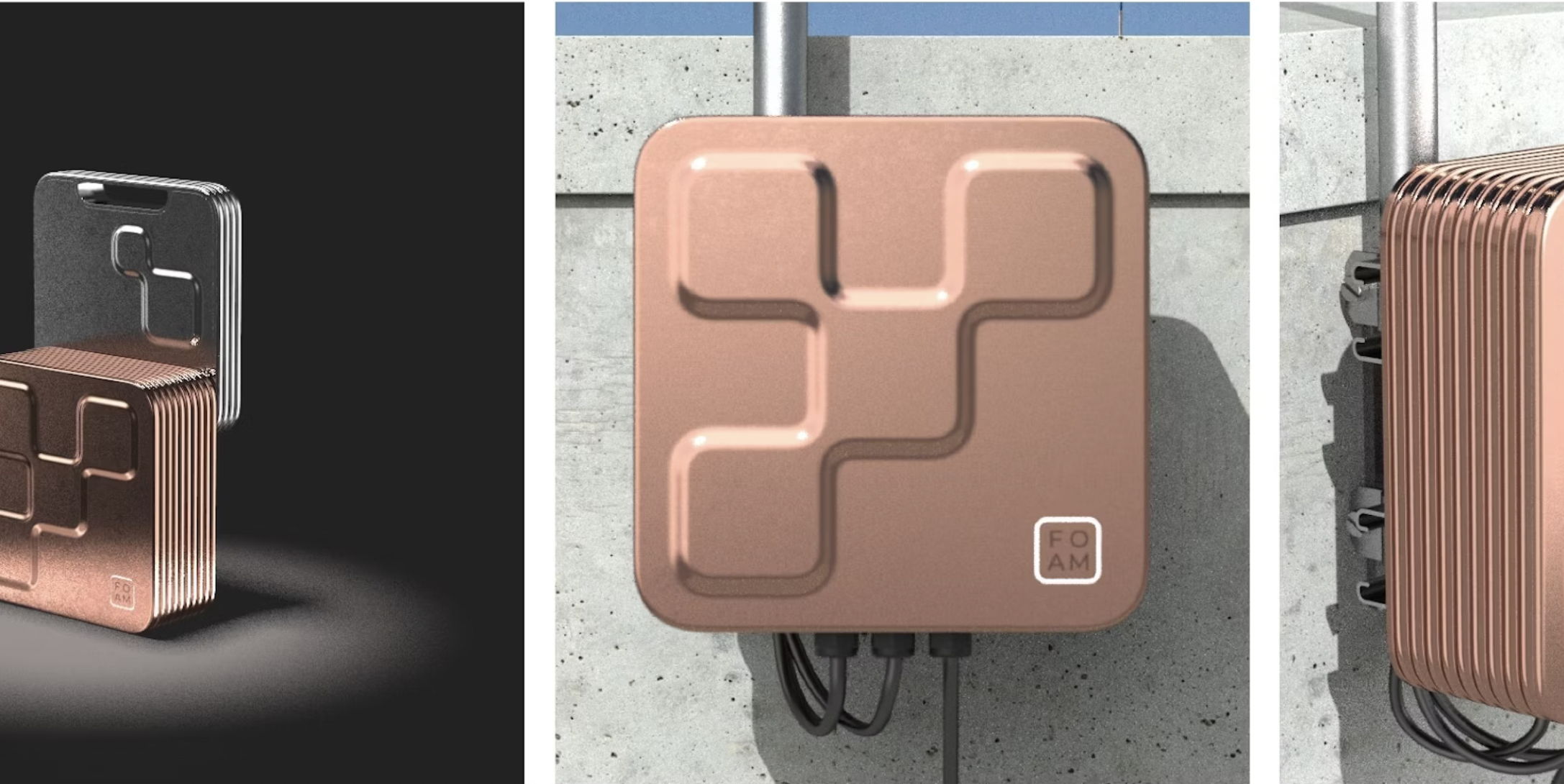FOAM is a Proof of Location technology for applications needing secure location services. It enables a handshake between the location service providers (FOAM network) and the user, proving the user’s location. Terrestrial radios and time-of-flight algorithms are used to perform localizations, and digital signatures ensure the location data cannot be spoofed. The system is completely independent of satellite-based location services like GPS.
2023 continues to be an exciting year for FOAM! As mentioned in our last blog post, we recently transitioned from the Trust Zone Beta Program (TZP) to a continuously running FOAM Physical Testnet. Today, we are excited to share our blockchain development efforts on the Optimism Stack and the Superchain towards an open Proof of Location network. 📡📍
Built on the Optimism OP Stack 🔴
We are excited to announce that, to complement our Physical Testnet with an onchain equivalent, we’ve chosen to build FOAM’s Proof of Location contracts on the Optimism Collective’s OP Stack! Since early summer, we’ve been quietly running our own OP Devnet, a fork of the OP Stack, and developing our Proof of Location contracts on our own Ethereum OP rollup. We are still testing our contracts on this private OP Devnet, but at a later point in time, we plan to migrate the contracts to a public Optimism testnet like OP Goerli! ⛓️
The OP stack is minimally different from Ethereum, so a lot of the knowledge and tooling our team had used or built in the past on Ethereum could be re-used with minor or no modification. Optimism is one of the only rollup solutions that developers can spin up and run locally. For our team, this provides configuration control over our chain as we develop it, in terms of block times, withdrawal parameters, FOAM and ETH faucet, etc. Much has been written about the benefits of a modular stack. This has many benefits to the specialized requirements of Proof of Location which enables our team to explore ways of customizing a blockchain to be the location rollapp, while staying compatible with the Superchain. Future modular developments such as zero knowledge proof systems for the OP Stack are very useful for making Proof of Location more robust.

Scaling Ethereum has been a challenging feat, today the Layer 2 ecosystem is beginning to thrive and enable new use cases such as FOAM. When we started work on Proof of Location in 2019 our first tests revolved around connecting LoRa radios to Ethereum and experimenting with the Plasma sidechain. You can read more about that demo linked here. Since then, the Plasma Group reformed as the Optimism Collective and FOAM Proof of Location has a physical testnet.
As mentioned in prior posts, we view our project as a physical extension of Ethereum and are aligned with the Ethereum ecosystem’s vision of scaling through rollups and layer 2 solutions. As we’ve watched the L2 space mature, it’s clear that the Optimism OP Stack is the best solution for us at this point in time and we also love the community. Now it is only fitting for us to call Optimism our home 🏠.
FOAM Proof of Location is near…
Existing location systems are expensive and permissioned, or open and susceptible to location spoofing. The world, and web3 in particular, needs location data that is both fault-tolerant (i.e. valid) and sourced from an open network. With these developments on the OP-Stack our next posts will focus on the FOAM MVP, smart contracts and more use cases. Proof of Location for everyone is finally coming into sight! ⛓🫧
Get Involved!
Projects and Devs - Please reach out if you are a project, company, or developer interested in using or building on FOAM’s Proof of Location system. You can email coleman@foam.space.
Zone Operators - We continue our open call for new Trust Zones via our application waitlist, which we check regularly. If you meet the core requirements listed below for participating in our network at this stage as a Zone Operator, please reach out via our waitlist or by emailing coleman@foam.space with proposed location coordinates or addresses for your Zone.
-
A minimum of four outdoors locations, where radios (12” x 10” x 5.5”) and antennas* (~12-36”) can be installed
-
Visual line-of-sight between at least four locations
-
Distance of approximately 100m-2000m between each location
-
Stable power supply,** such as GFCI or power-over-ethernet (PoE+)
-
Internet available (e.g. cellular LTE, WiFi or Ethernet)
*Radios use open, unlicensed Industrial, Scientific, Medical (ISM) band of the radio spectrum, to send and receive transmissions. Hardware uses LoRa, a low-power, long-range radio technology.
**Supply voltage of at least 12V required with max current ~600mA. Average power consumption is 0.15 kWh per day.